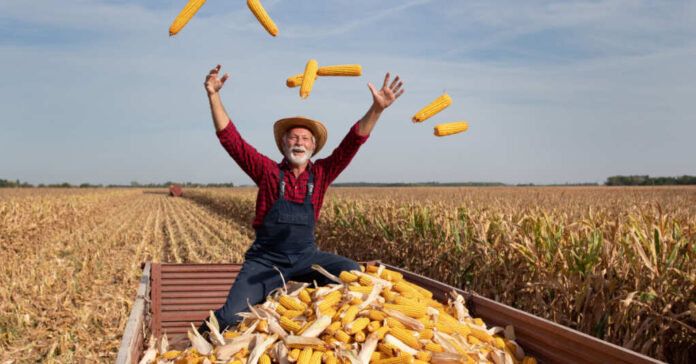
National Corn on the Cob Day is June 11, and corn lovers and American farmers are preparing to celebrate. After the ‘its corn’ trend on the internet last year, everyone is ready to hold their corn on the cob and sing along.
Before the big day, however, there are essential things you should know about corn in 2023.
Different Ways to Celebrate National Corn On The Cob Day
Cook it any way you want
This is the only way people can try different corn recipes, even the bizarre ones. You can grill, boil steam, microwave, oven roast, instant pot, or pressure cook it. Many people also try different spices or mix the corn with other dishes like chicken.
You can add a twist to this and hold a cooking and eating competition with friends and family for more fun.
Plant sweet corn
Just like people plant trees on the environment and earth day, you can plant sweet corn in your garden for this day. If you don’t have one, you can help a neighbor or friend who is planting.
Use leftover cobs
Instead of throwing away your cobs after using the corn, you can collect them and use them in the following ways.
- Add them to your compost
- Make corn cob pipes
- Hang them on strings for a few days and let the birds eat them
- Feed them to animals
- Dry them and use them to start fires or smoke meats
- Milk leftover cobs and make corn stock
Attend a parade
Some places hold parades with street dances, derbies, and talent shows. It is also an ideal chance to learn more about corn and current issues affecting American farmers.
Issues Facing American Corn Farmers
Dry weather
US farmers have complained about the unusually dry weather that has caused less-than-expected yields. In 2022, the US Drought Monitor data showed that 82% of the country suffered abnormally dry drought conditions, and the corn-growing months did not receive as much rain as they usually do.
Diseases
While it is normal to experience some diseases in some crops, there has been an increase in the cases of seed rots, seedling blights, foliar diseases, ear rots, and stalk rots.
Export issues
Mexico recently made a regulatory move that proposed a ban on genetically modified corn imports from the United States. This could be the biggest catastrophe American farmers might face because Mexico is the biggest corn buyer.
Supply Issues
Following many issues in the agricultural sector and climate changes, there will likely be a global corn shortage in 2023. However, the US is expected to be the biggest producer, with a production volume of roughly 384.75 million metric tons.














